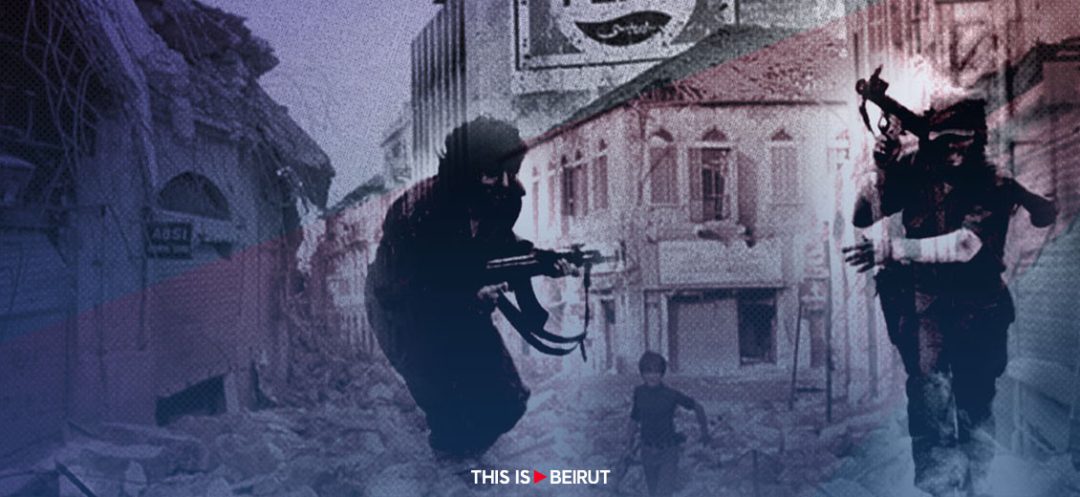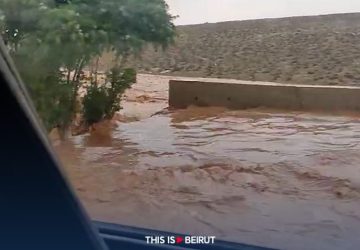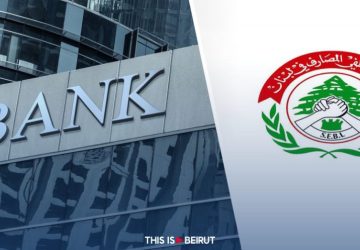Listen to the article
April 13, 1975, will be forever ingrained in the collective memory of the Lebanese people (at least those of a ‘certain age,’) as the outbreak of the never-ending Lebanese war. However, this perception is somewhat biased, as April 13 was more accurately a tipping point (rather than the onset) of a profound and chronic existential crisis. Rooted in the geopolitical situation of the Middle East during the 1950s, this crisis has persisted since the post-independence period, starting in 1943. To wisely gauge the real dimension of the events faced by the Lebanese population from that fatal April day to the present, a quick exploration of contemporary history is essential.
The first major ‘existential’ tremor to undermine ‘independent’ Lebanon dates back to 1958. This was when Egyptian President Gamal Abdel Nasser emerged as the leading figure of Arab nationalism against the backdrop of the Cold War between the Soviet bloc and the Western camp. During the same period, President Camille Chamoun, in office as president, aligned himself with the Eisenhower doctrine, advocating for a pro-Western front under the auspices of the US to counter Soviet influence in the region.
This global bipolarization, compounded by the Nasserist wave, directly influenced the situation in the country, which was already weakened by another internal form of bipolarization, defined by sectarian divisions: A segment of the Lebanese population was swayed by the pan-Aabist appeals of the Egyptian “rais,” while another, led by President Chamoun and the Kataeb, rather leaned towards Western alignment. This situation culminated in the first “clash” of 1958.
Following the events of 1958, General Fouad Shehab was elected President of the Republic. With his wisdom and foresight, he pursued a policy of regional neutrality — a principle inherent in the National Pact of 1943, albeit not universally adhered to by all segments of the population. President Shehab’s adherence to neutrality provided Lebanon with a period of stability that lasted until the late 1960s. However, the Arab debacle in the June 1967 war brought forth new challenges for Lebanon. Its aftermath would sow the seeds for the events of April 13, 1975, and the subsequent developments that followed.
After the Arab defeat in the 1967 war against Israel, the Palestine Liberation Organization (PLO), led by Yasser Arafat, decided to pursue complete autonomy from the Arab states. To achieve this, armed Palestinian organizations sought to control a territory where they could operate freely. This led to the emergence of what became known as “Fatehland” in the Arkoub region, a portion of South Lebanon bordering Israel. This marked the onset of a never-ending period of recurring violations of national sovereignty, concurrent with the incursions of Palestinian militants into the capital and its surroundings. The situation, characterized by abductions, vexations, and road identity checkpoints, heightened tensions to the extent that Christian leaders initiated a sustained campaign to demand the restoration of state sovereignty.
As time passed, the PLO asserted itself as a quasi-state, eroding the authority of the central government. The signing of the Cairo Agreement in 1969 between the army and the PLO, under the auspices of Nasser, was intended to result in organizing and channeling the armed Palestinian presence. However, the terms of this agreement were never effectively implemented. Tensions continued to mount as a portion of the population solidarized with the Palestinian resistance, at the detriment of the state. This paralleled the situation in 1958, when certain Lebanese supported the pan-Arab Nasserist movement, disregarding the foundational principles of the neutral-oriented National Pact.
Within this particularly tense context, the events of April 13, 1975, occurred, and represented the culmination — a true tipping point — of a lengthy conflictual process between the state and armed Palestinian organizations. On April 13, the country became embroiled in an endless war, marked by numerous bloody episodes, internal murderous struggles, and a succession of occupations. Initially sparked by Palestinian incursions, the conflict later witnessed interventions by Syria and Israel and, currently, Iranian influence through Hezbollah.
Lebanon finds itself today deeply sapped by over fifty years of multi-faceted conflicts, originating from the establishment of the PLO in the South. This existential crisis, compounded by ongoing violations of sovereignty, shows no resolution in sight yet.
The assassination circumstances of Pascal Sleiman, coordinator of the Lebanese Forces (LF) in Jbeil, have brought to light the deep vertical divide that continues to fracture the country between, on one side, a diverse sovereigntist camp and a sectarian faction advocating for a transnational agenda tightly bound to the Iranian Islamic Revolutionary Guards Corps, on the other.
However, at the same time, this tragedy has been a resurgence of both popular and political determination to overcome the burdens of recent decades and preserve, against all odds, Lebanon’s particularities and its authentic image.





